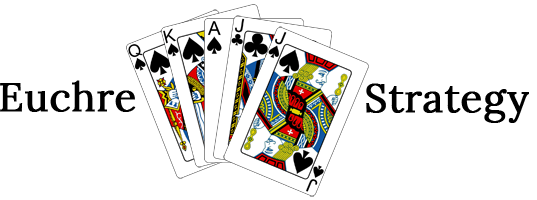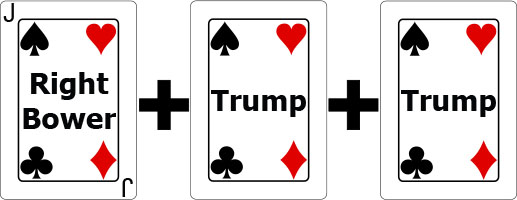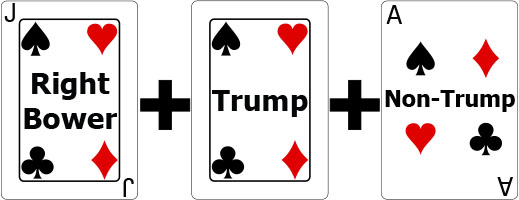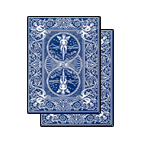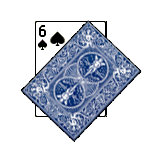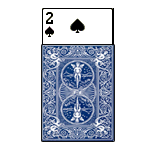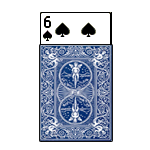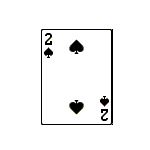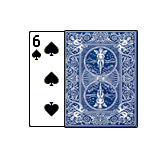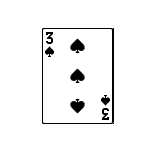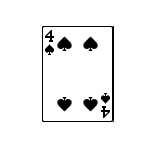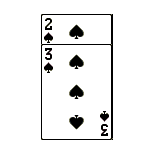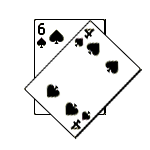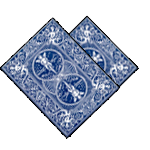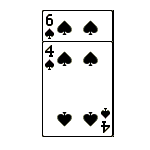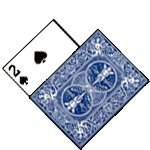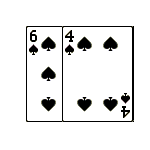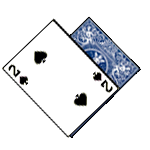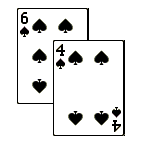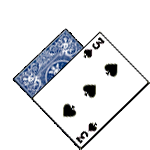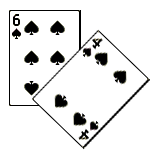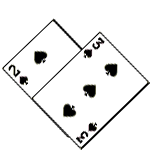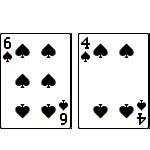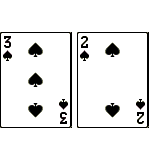In Euchre, it is important to learn how to read the upcard during the bidding process. It will provide you valuable information on which hands to pass or call. With some practice, you should be able to determine if your partner is strong in a particular suit. In fact, if you develop this skill, your opponents will begin to wonder if you are stacking the deck.
There are four components in reading the up card:
-
Player Position
-
Color of the Upcard
-
Rank of the Upcard
-
Opponent Aggressiveness
Player Position
Euchre is a positional game, perhaps more than other card games. The position is determined by the dealer. The player sitting to the left of the dealer is called the first seat or first base. The dealer’s partner is called the second seat, the player sitting to the right of the dealer is called the third seat. As each player passes during the bidding process, it will reveal the relative strength of each player’s hand.
Color of the Upcard
The color of the upcard helps determine the strength of your opponent’s hand. This idea may seem odd at first, but jacks play in two suits of the same color. If the color the upcard is red, and your opponents pass. You can estimate that their hands are relatively weak in hearts and diamonds.
Rank of the Upcard
The rank of the upcard says a lot in the strength of your opponent’s hand. Players are more likely to call trump if the upcard is an ace rather than a nine or a ten. Thus, if your opponents pass when an ace is showing, you can conclude that they do not have a bower in the color of the upcard.
Opponent Aggressiveness
If your opponents are calling hands very frequently and aggressively, then it is more than likely they are naming trump because they possess one of the bowers. Therefore, if they pass, they do not have a bower in the color of the upcard.
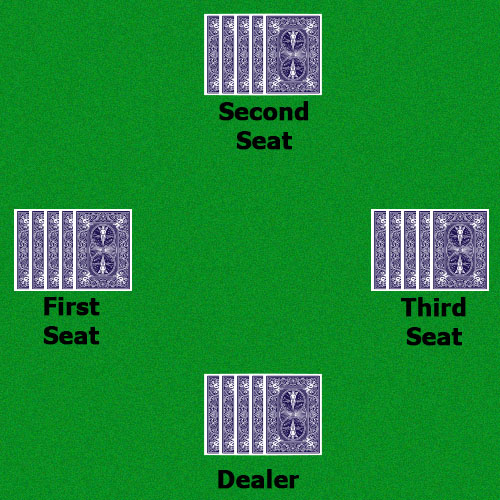
Reading the Upcard by Position and Bidding
First Round
First Seat
The first seat is a difficult place to call trump. It has the least amount of information to call. It gives the dealer a trump card and the ability for him to create voids. On the other hand, the first seat has the ability to lead the first card, which has an obvious advantage.
If you are going to call from the first seat, you should be holding a strong hand. It is useful to have an extra trump or ace to help you win three tricks. Going alone should be strongly considered.
Second Seat
If you are sitting in the second seat, you should instinctively try to call trump, because it would give your partner a trump card. This advantage enables the second seat to call riskier hands than normal. The only exception to calling a biddable hand from the second seat is when the upcard is a bower. If you know that the dealer will pick up the bower regardless of the strength of his or her hand, you should give the dealer an opportunity to go alone.
Third Seat
Do not call from this seat unless you have three guaranteed tricks. The third seat is the hardest seat to call because you improve the dealer’s hand, and you must rely on your partner to lead trump. If you can call from this position, going alone should be highly considered.
Dealer
If you are the dealer, you should instinctively try to pick up the card. The dealer is technically playing with 6 cards, and thus, the seat has the most flexible hand. You can easily create voids, or discard the least valuable card. Even slightly risky hands should be considered because it doesn’t allow player sitting in the first seat to name trump.
